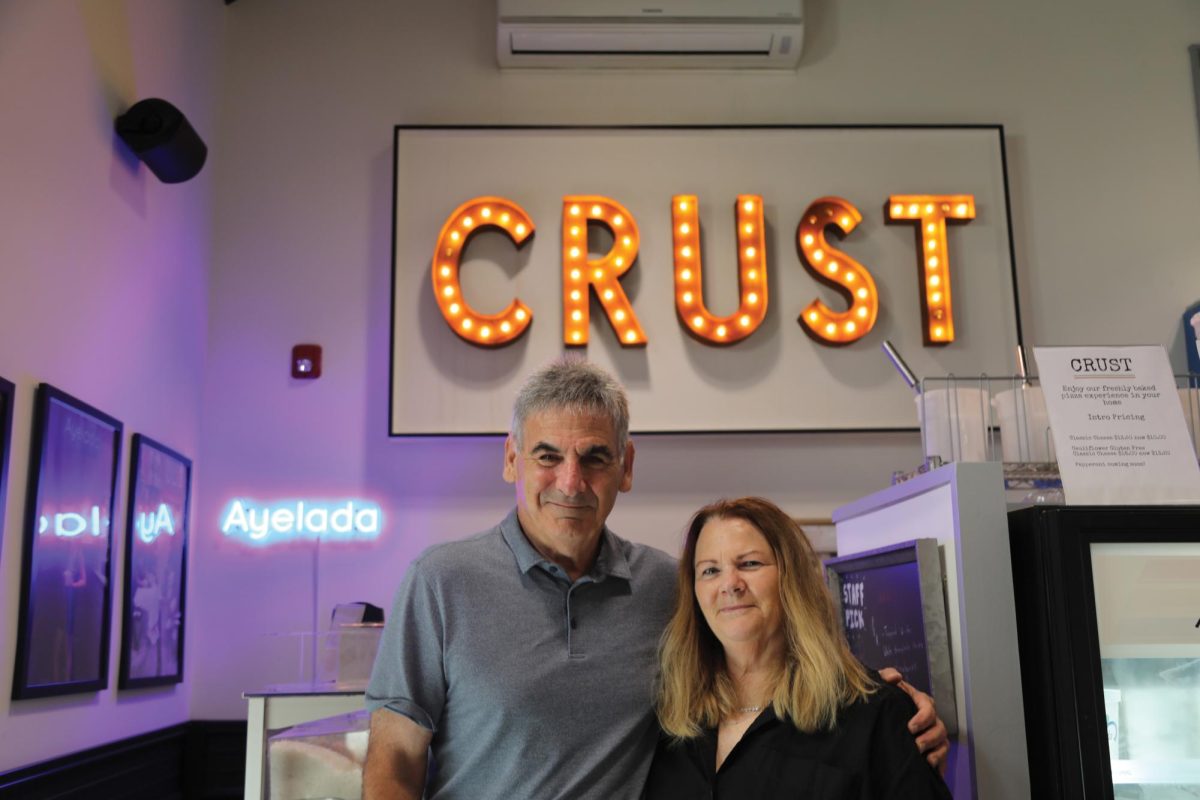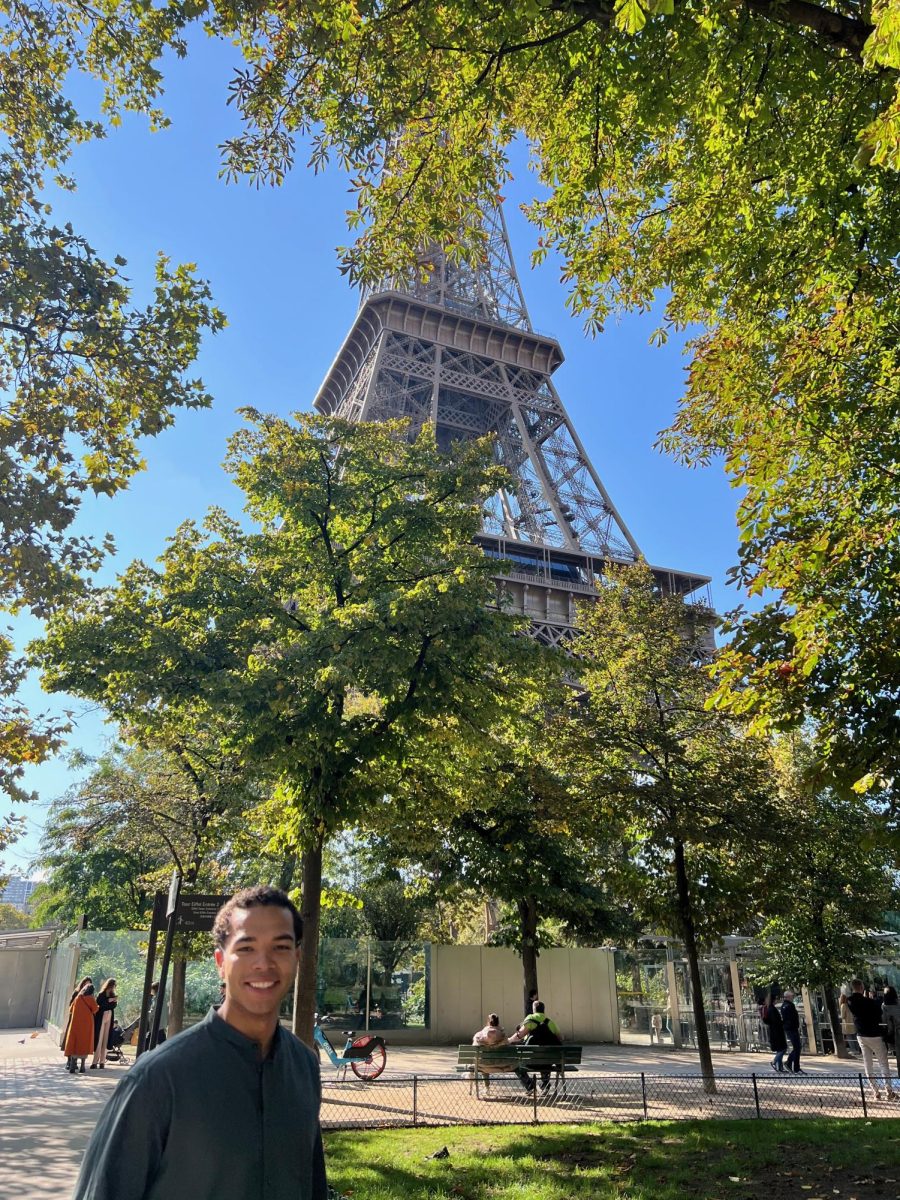
Beneath campus, stretching from Hopkins to Greylock, from Lasell to the President’s House, is a legendary network of tunnels. Constructed to connect the central heating plant’s utility lines to various buildings across campus, the tunnels have slowly expanded in both size and notoriety for the better part of a century. Dating back almost as long are efforts by students to take advantage of numerous entrances and exits around campus by “tunneling” from place to place after hours.
The most popular stories surrounding the steam tunnels tend to revolve around the cat-and-mouse dynamic between Campus Safety and Security (CSS) and the students involved in those late-night expeditions. Director of CSS Dave Boyer, who has overseen one side of that rivalry for more than 30 years, corroborated one of the most lurid tales, in which a student in the early ’90s lost their scalp while fleeing CSS. “I followed the blood trail that night,” Boyer said. “The student hit a very low-hanging beam that had a sharp edge on it. I believe they had to get somewhere between 60 and 80 stitches to reattach their scalp.”
It was unclear at first whether Boyer was serious. Such hair-raising details, often repeated rather facetiously by students hoping to add to the sense of mystery, are almost unbelievable. But this was only the first of several such stories that turned out, in the end, to be true, another addition to the lore of a not-so-secret tradition maintained across more than 70 years at the College.
The mystique builds
The first substantial documentation of the tunnels in the Record dates back to December 1949, when the paper sold for 10 cents per issue and counted George Steinbrenner ’52, former owner of the New York Yankees, among its editorial staff. An article by Richard Duffield ’52, “Subterranean tunnel system shrouds College campus in mystery, danger,” places initial construction of the steam tunnels around the late 1920s. Comparing the College’s tunnel network to the system used by New York City’s subway lines, Duffield meanwhile credits students with making use of the passages for certain “ingenious purposes.”
Senior Project Manager Jason Moran confirmed Duffield’s historical account. “From initial plan review of early design drawings, the tunnels predate the 1930s,” he said. “The previous versions mimic the current versions: a structure that steam pipes were installed in that allowed for visual inspection and maintenance.”
Executive Director for Facilities Operations Bob Wright provided further insight into the structural details of the passageways. “The steam tunnels range in size from just large enough to accommodate the utility conduits to larger tunnels that can accommodate our maintenance staff,” he said. “Mystery and intrigue have followed these tunnels for years. Until additional precautions were taken, students would periodically find ways to infiltrate the tunnels.”
Rhett Austell ’48 lived in Morgan Hall – a prominent access point for students up until at least the ’90s – in the summer of 1943. Thinking back on the tunnels’ reputation among the student body at the time, he recalled that he “had heard about the tunnels, but never knew anyone who had walked through them.” Countless alums of more recent generations would echo that stance, reflecting a general awareness of the illegal activities but a reluctance to participate.
During the decades following Austell’s time at the College, the tunnels grew both in size – with expansions in 1965 extending to Greylock and Science Quads – and in reputation. An Oct. 31, 1969, edition of the Record features a quote from an “indignant” Paul Morello ’72, who declared, “The two most important things at Williams are the dogs and the steam tunnels.”
In the ensuing decades, the tunnels appeared in two separate April Fools issues of the Record, with satirical articles from 1979 (“Alliance protests steam tunnel threat”) and 1981 (“Heating system goes nuclear”) capitalizing on the general sense of mystery the tunnels had acquired.
Narrow tunnels, narrow escapes
According to alums from that period, using the tunnels to gain access to desirable locations after hours was a fairly widespread practice. “Tunneling was a popular activity,” Professor of Chemistry Jay Thoman ’82 said. “For many people, a destination was the [College’s swimming] pool.”
Professor of Chemistry Tom Smith ’88 gave a similar account. “There certainly is a lot of lore about ‘tunneling,’” he said. “I have friends and classmates who talked about it, but I never did it myself. I remember hearing about people tunneling into the pool and then getting caught by security and being asked to show their campus IDs.”
Ben Cart ’80, an avid tunneler during his time at the College, remembers his own experience taking part – and getting caught – in exactly such a scenario. “We were skinny dipping in the pool at 1 a.m. – four freshmen having the time of our lives,” he said. “What I recall is the noise caused by the banks of lights going on… CLANK, CLANK, CLANK. All of a sudden, daylight in the swimming pool. Thoroughly embarrassed, we scrambled to the edge of the pool, and there’s [CSS Officer] Bill Busl in his security uniform. He gave us the quote of the night: ‘I don’t suppose you’ve got your IDs on you…’”
Once inside the tunnels, those trying to reach a specific location often found it difficult to navigate effectively. The tunnels run directly under Hopkins Hall, potentially making CSS’ job much easier. “One entrance was in the basement of Hopkins Hall, in a restroom very close to Security,” Thoman said. “One might imagine it was an amusing way to leave the steam tunnels, with a wave to the dispatcher.”
Cart hardly has to imagine – his time in the tunnels eventually led him to make that very mistake. “One night, we reached a grate that was big enough to climb through, right above a well-lit hallway. The first two of us dropped down and pushed the grate open, and then we were standing there, brushing the dirt off and wondering where we were. Down at the end of the hall is the 24-hour security office in the basement of Hopkins. There’s a guy at the desk with his head down, because of course, it never occurs to him that there’s going to be kids popping out of the wall.” Incredibly, Cart escaped capture, but others in his position may not have been so lucky.
Dangers limit tunneling
Modern developments have strengthened security in an effort to keep students from engaging in dangerous unauthorized usage of the tunnels. According to Wright, the most recent structural changes are a direct response to the hazardous conditions. “The tunnels are a confined and dangerous space, with 300-degree steam running through pipes and 480 volts of electricity running through electric lines,” he said. “That is why the tunnels are now very sensitively alarmed, reporting back to the security office, and are locked.”
Wright stressed that the security measures reflect serious safety concerns. “When a worker goes into the tunnels, they must be equipped an audible alarmed meter which detects unsafe levels of oxygen, hydrogen sulfide, carbon monoxide and LEL (lower explosive level),” he said. “They also must be outfitted with a harness to help with their removal if they were to be injured, and a two-way radio for communications.”
Those hoping to enter the tunnels by official means are required to undergo federal training. “The tunnels are actually classified by federal law under OSHA [Occupational Safety and Health Administration] standards as a ‘confined space,’” Wright said. “This means that our maintenance staff, as well as any outside contractors, have to receive OSHA confined space training before they are allowed to enter the tunnels.”
One such outsider who received clearance was Ian Nesbitt ’13, whose exploits are documented in the Willipedia page on the steam tunnels and the Williams Magazine piece debunking some of the myths surrounding them. He completed OSHA training and entered the tunnels as part of his work in geosciences classes at the College.
Boyer said he hopes that efforts such as Nesbitt’s will cause the aura of intrigue around the tunnels to fade, no longer incentivizing students to break in. “I almost wish somebody could actually go through with a camera and film it, so that would take away the mystery of the place,” Boyer said. “Believe me, the mystery and allure of the underground space is much more exciting than the reality of being down there.”
He pointed out that the placement of the tunnels is actually less of a secret than students may think. “If you consider it from a heat distribution standpoint, even if you didn’t know where the steam tunnels were, you could probably figure it out,” Boyer said. “If you look at the grass, where the snow first melted, I’ll bet that you could draw a pretty accurate depiction of where they might have placed the tunnels.” His intuition echoes Duffield’s 1949 Record article, which reads, “[Their] path can be traced in the wintertime when the heat from the pipes melts the snow, leaving a bare track on the surface.”
Cart gave his thoughts on what motivated the expeditions, if not the thrill of the tunnels themselves. “The adventure was all about going somewhere you shouldn’t. It was all about exploring,” he said. “In four years of college, if you didn’t do something a little bit off the books, I pity you.”








